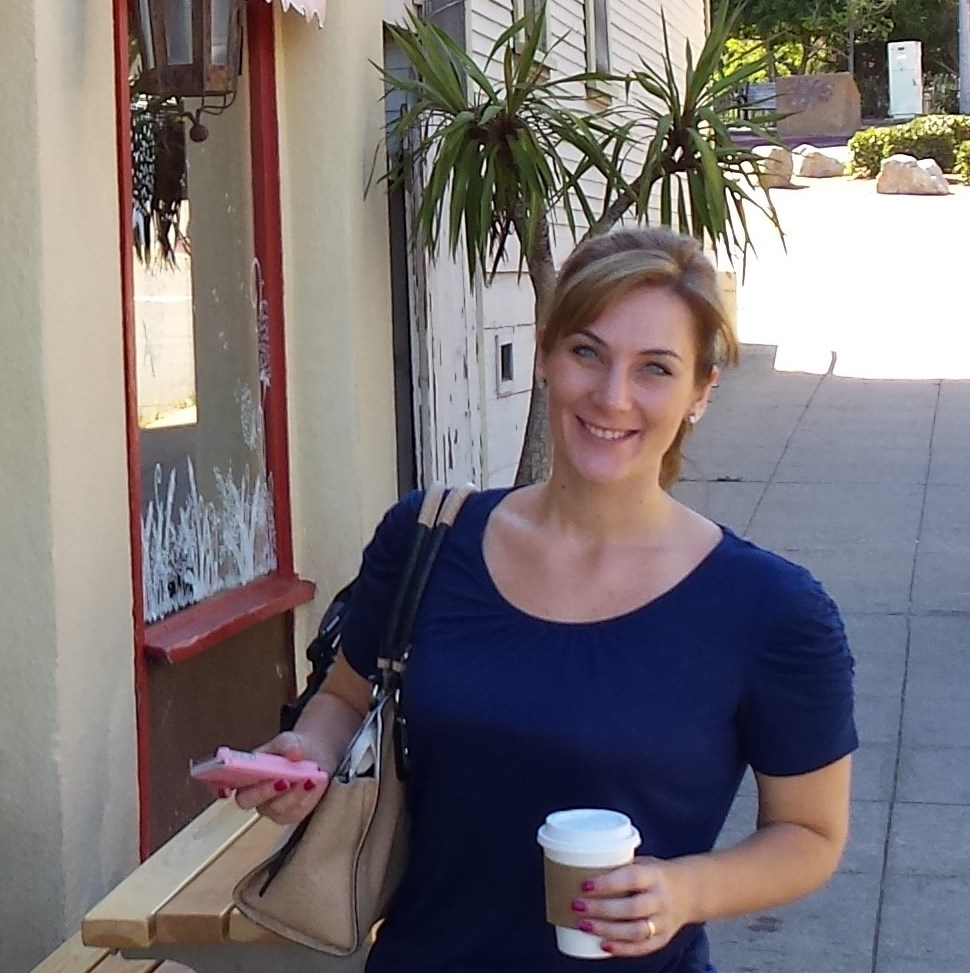This post may contain affiliate links, allowing us to earn a commission on the products we would recommend to our families and closest friends. You can find more info on our Legal Stuff page.
Big thanks to S&S reader, Polly, for contributing this helpful post to help you get ready to start investing!
Do you have a post or topic to contribute? Contact Us! We love hearing from you.
A Quick Primer To Investing
Do you want your savings to work harder for you? Then you need to start investing! Your investment strategy can be as simple or as complex as you want to make it.
Generally, it’s best to approach investing as a learning curve. You might want to start off small and, as you get more familiar with different investment strategies, you can take a more calculated risk and go after higher yields. Here are some basic concepts on investing to help you on your way.
Higher Risk = Higher Rewards
A core principle of investing is that greater risk generally equals greater rewards. Bonds, for example (especially government bonds), come with a high confidence of maintaining value. Therefore, the rewards from investing in bonds are relatively low. Low risk = low reward.
Stocks, on the other hand, come with fluctuations in value, and the reward for investing in these riskier instruments will generally be higher. This forces would-be investors to balance out the risk they are taking versus the potential yield of their investments. This is called the risk-appetite.
Hedging
Another often-used principle is the concept of hedging. Hedging (as in ‘hedging your bets’) means that you spread out your risk.
If you were to put all your investment in one bond or stock, your whole portfolio is dependent on that performance. If your bond or stock tanks, so does your overall portfolio. By spreading investment around, the risk of single fluke performance is countered, and things will ensure your portfolio is more robust.

More Time = More Growth
Next, to risk-appetite and hedging, a would-be investor also needs to consider the time the investments need to show results. If you are looking for guaranteed returns on a 3-5 year investment window, then bonds are good options. If you have the patience and luxury to wait longer, shares become a good option because you have time for your investments to recover any drastic downturn in value.
If you have determined the risk, hedging and length of time for your investment, it’s important to start off small. You might investment a majority in bonds and a small part in stocks to start. You can find many preset investment funds that allow you to match your risk profile to a fund that would handle the strategizing for you.
Alternatively, you could invest in bonds and make a small percentage to trade stocks yourself. If you’re going to DIY your stocks, stick with Index Funds. They’re already diversified, so your bets are automatically hedged.
Once you’ve become a seasoned investor with more money available to invest, it might be time to step to the significant funds. Usually, with a sizeable minimum buy-in, you can put your trust in some of the best financial minds in the business. Network and read reviews, such as Mark Matson reviews, on who to go with.
Before you know it, you’ll be rubbing elbows with Warren Buffet!





Comments (0)